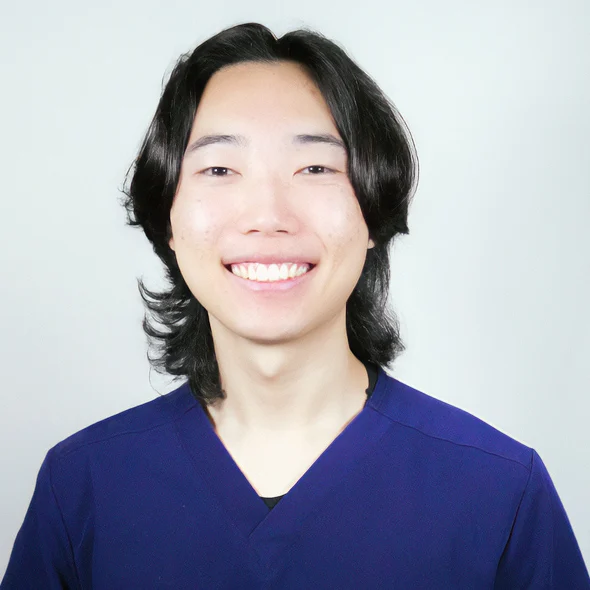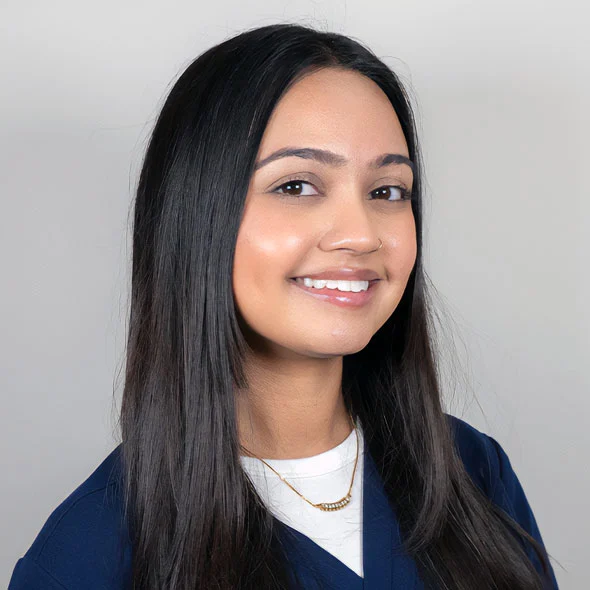A stroke can be life-changing, affecting mobility, cognition, and overall quality of life. In the United States, someone suffers a stroke every 40 seconds, making it the fifth leading cause of death and the number one cause of adult disability. Understanding what it is, recognizing the warning signs, and knowing what treatment options are available can make a crucial difference in recovery.
What is a Stroke?
A stroke occurs when blood flow to the brain is interrupted, depriving brain cells of oxygen. Without oxygen, these cells begin to die, potentially leading to memory loss, muscle weakness, or long-term disability.
There are three main types of stroke:
- Ischemic Stroke – The most common type, caused by a blood clot blocking an artery in the brain.
- Hemorrhagic Stroke – Caused by a ruptured blood vessel, leading to bleeding in the brain.
- Transient Ischemic Attack (TIA) – Also called a “mini-stroke,” this is a temporary blockage that resolves on its own but serves as a warning sign of a future stroke.
Causes and Risk Factors
While they can happen to anyone, certain factors increase the risk, including high blood pressure, heart disease, diabetes, obesity, smoking, and excessive alcohol consumption. Family history can also play a role. Some medications, such as blood thinners, hormone therapy, and certain birth control pills, may also increase stroke risk.
Recognizing the Signs of a Stroke
A stroke often happens suddenly, and seeking immediate medical help can greatly improve the chances of recovery. The F.A.S.T. test is a simple way to recognize stroke symptoms:
- Face – Does one side of the face droop?
- Arms – Can both arms be raised evenly?
- Speech – Is speech slurred or difficult to understand?
- Time – If these signs are present, seek medical help immediately.
Other symptoms may include sudden weakness or numbness, confusion, difficulty speaking, vision problems, dizziness, or a severe headache with no known cause. If you or someone else experiences these symptoms, call 9-1-1 right away.
Treatment and Recovery
Emergency Treatment
In the emergency room, doctors will assess symptoms, conduct brain scans such as CT or MRI, and determine the best course of treatment. This may include clot-busting medications, surgical clot removal, or the placement of a stent to restore blood flow. Rapid treatment is critical to minimizing long-term damage.
Rehabilitation and Therapy
After emergency care, many stroke patients face challenges with movement, speech, memory, and balance. Rehabilitation focuses on restoring lost function and improving quality of life.
How Norcal Brain Center Can Help
Norcal Brain Center specializes in neurorehabilitation to help stroke survivors regain mobility, cognitive function, and overall well-being. Our treatments target:
- Balance and coordination to prevent falls
- Cognitive processing to improve memory and focus
- Speech and communication to strengthen neural connections
- Emotional regulation to reduce anxiety and depression
- Motor skills and movement to restore strength and mobility
We begin with a comprehensive neurological evaluation to identify the affected areas of the brain. From there, we design a personalized treatment plan, which may include therapies to improve reflexes, balance, coordination, and cognitive function.
Take the First Step Toward Recovery
A stroke does not have to define your future. With the right care, it is possible to regain mobility, restore cognitive function, and improve overall quality of life.
Call Norcal Brain Center today to schedule a consultation and learn how our specialized team can help you or a loved one on the path to recovery.







